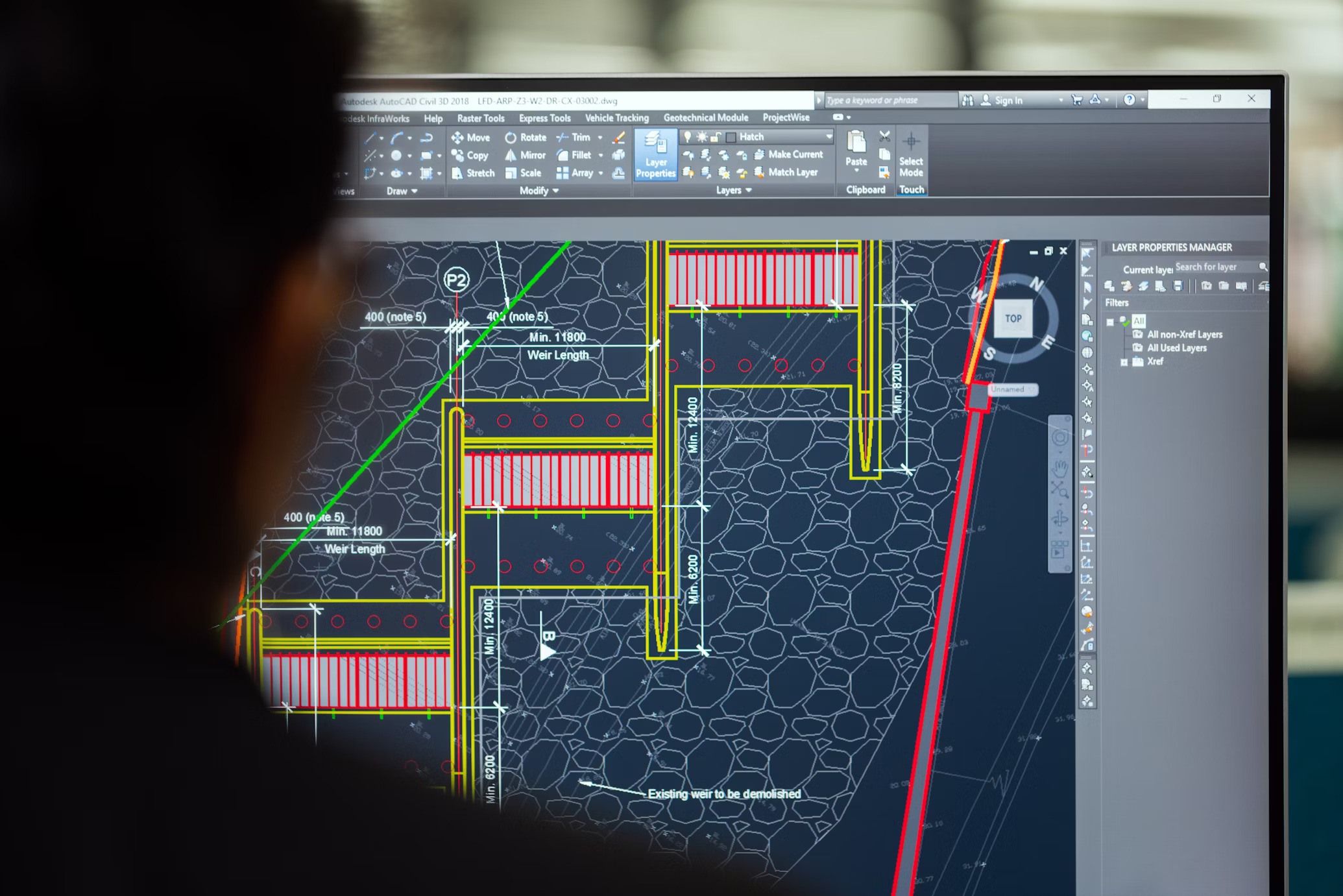MVP Experimentation
What is MVP Experimentation?
Definition:
MVP Experimentation, or Minimum Viable Product Experimentation, is a development approach where a new product or feature is built with the minimum necessary functionality to be deployed to early adopters. The goal is to validate hypotheses and gather feedback to iterate and improve the product before committing significant resources to full-scale development.
Analogy:
Imagine MVP Experimentation as testing a recipe with a small group of taste-testers before opening a full-scale restaurant. Just as you would gather feedback from these testers to refine your recipe, MVP Experimentation allows you to refine your product based on real user feedback.
Further Description:
MVP Experimentation involves several key phases and concepts:
Identifying Core Functionality: Focus on the essential features that solve the core problem for the target audience.
Building the MVP: Develop a functional version of the product with these core features.
Testing with Early Adopters: Release the MVP to a select group of users who provide valuable feedback.
Iterating Based on Feedback: Use the feedback to make necessary improvements and validate assumptions.
Types of MVPs:
Concierge MVP: A manual version of the service, where human intervention simulates automated processes to understand customer needs.
Wizard of Oz MVP: The product appears fully functional, but behind the scenes, tasks are manually handled, allowing for rapid testing without full automation.
Landing Page MVP: A simple web page used to gauge interest in a product or feature before actual development.
Key Components of MVP Experimentation:
Hypothesis: A clear statement of what you believe will happen when users interact with your MVP.
Metrics: Defined criteria for success that will be measured during the experimentation phase.
User Feedback: Insights gathered from early adopters to understand their experience and needs.
Why is MVP Experimentation Important?
Risk Reduction: Minimizes the risk of building a product that no one wants by validating ideas early.
Resource Efficiency: Saves time and money by avoiding extensive development before market validation.
Faster Time-to-Market: Allows for quicker deployment of core features to start gaining user insights.
Customer-Centric Development: Ensures the product evolves based on real user needs and feedback.
Examples and Usage:
Dropbox: Initially presented a simple video demonstrating the core concept to gauge interest and gather feedback before developing the full product.
Airbnb: Started by renting out air mattresses in their apartment to validate the concept of short-term rentals before building the platform.
Zappos: Tested the demand for online shoe sales by listing products online and purchasing them from local stores after receiving orders.
Key Takeaways:
MVP Experimentation focuses on developing and deploying a product with the minimum necessary functionality to test hypotheses and gather user feedback.
Core components include hypothesis, metrics, and user feedback.
Types of MVPs include Concierge MVP, Wizard of Oz MVP, and Landing Page MVP.
MVP Experimentation reduces risk, saves resources, accelerates time-to-market, and ensures customer-centric development.
Examples like Dropbox, Airbnb, and Zappos demonstrate the effectiveness of MVP Experimentation in validating ideas and refining products.
Table of Contents





